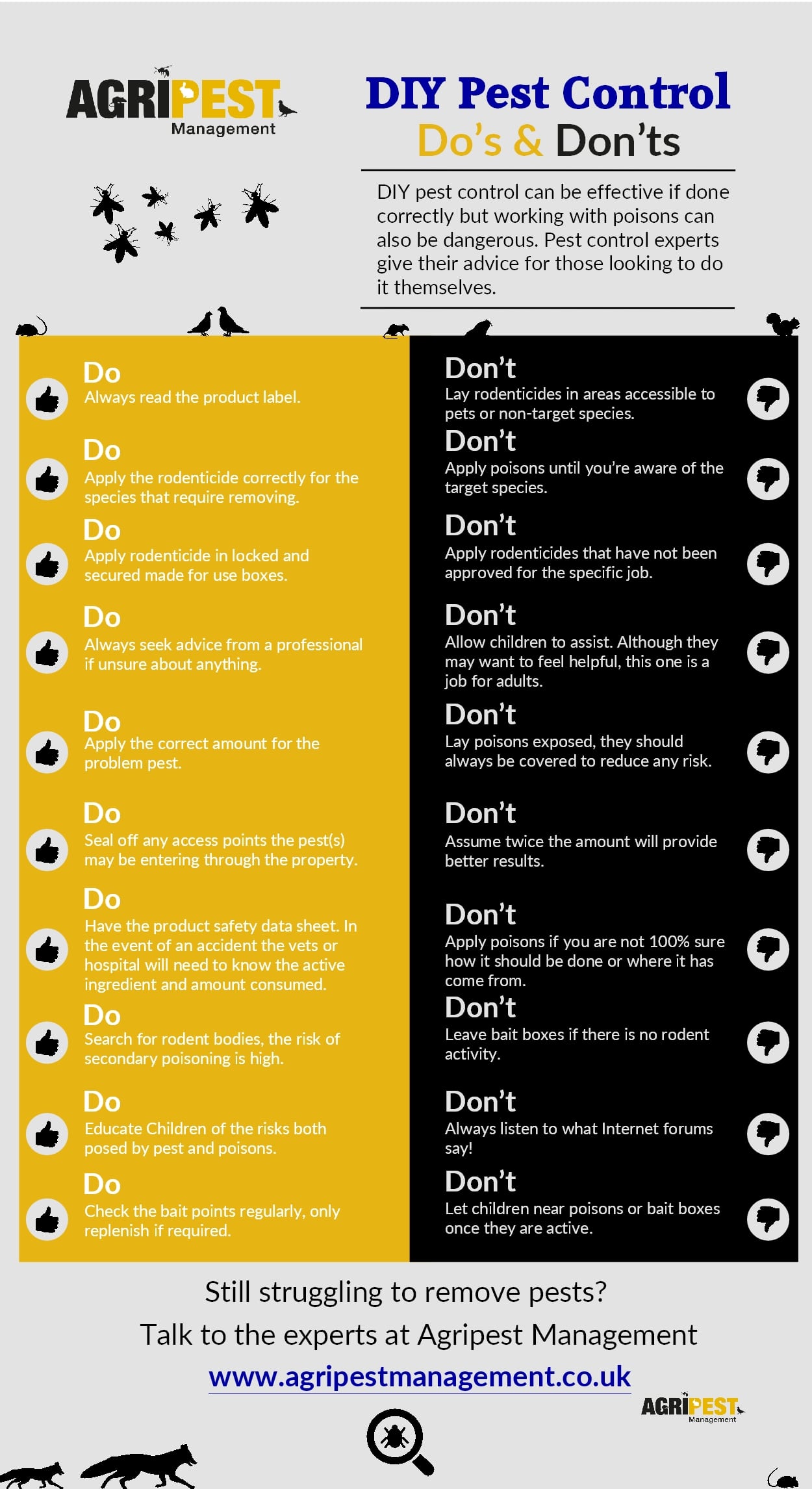When observing the complex globe of termites, you'll notice a diverse array of varieties, each with its very own distinct behaviors and environments. Subterranean termites may seem simple as they construct mud tubes, however their effect on wood structures is far from minimal. Nevertheless, drywood termites offer a different challenge, residing within the very wood they take in, averting very easy detection. As you take into consideration these subtleties in termite behavior, a deeper understanding of these insects' facility cultures and survival strategies arises, clarifying the significance of further exploration right into their world.
Common Types of Termites
When identifying usual types of termites, it's important to comprehend their distinctive characteristics and actions. One of the most prevalent types is the subterranean termite. These termites live in the dirt and build complex mud tubes to gain access to food resources above ground. Subterranean termites are understood for their harmful feeding practices, commonly targeting wood structures within homes.
One more usual type is the drywood termite. Unlike below ground termites, drywood termites don't call for contact with the soil. Rather, they live directly within the wood they eat. These termites can be more challenging to spot as they do not build mud tubes, making their presence more challenging to identify up until considerable damage has been done.
Formosan termites are another widespread type understood for their aggressive feeding routines. They can take in wood at a quick rate, causing comprehensive architectural damage if left untreated. Identifying these typical sorts of termites early on is essential in carrying out efficient parasite control procedures to safeguard your home.
Behavior Patterns of Termites
Recognizing the behavior patterns of termites is essential for properly managing and avoiding invasions in your residential or commercial property. These little bugs can create substantial damages if left untreated. https://drive.google.com/drive/folders/1cbKz6d8pd1TnSgoyjOTxbIHJNOFumG-1?usp=drive_link are 4 vital habits patterns of termites that you need to recognize:
1. ** Social Structure **: Termites stay in swarms with a specified pecking order containing employees, soldiers, and the queen. Recognizing this framework can assist in targeting the resource of the infestation.
2. ** Feeding Habits **: Termites feed on cellulose discovered in wood and various other plant products. They can eat substantial quantities of wood, resulting in structural damages otherwise managed quickly.
3. ** Nesting Actions **: Termites construct elaborate nests that can vary based upon the species. Understanding where termites may nest can assist in situating and getting rid of colonies.
4. ** Swarming Actions **: Termite flocks include winged reproductive people seeking to establish brand-new swarms. Recognizing swarmers can indicate a close-by invasion and the demand for immediate action.
Handling Termite Infestations
To properly take care of termite infestations, positive assessment and targeted treatment are crucial. Regularly examine your building for any indicators of termite activity, such as mud tubes, hollow-sounding timber, or discarded wings. Attending to "pest control leads" of problems immediately can help avoid considerable damages to your home. If you think a termite infestation, it's critical to get in touch with a professional parasite control solution for a detailed analysis.
Treatment choices for handling termite problems differ depending on the extent of the trouble. In cases of local problems, area therapies may work. Nevertheless, if rove pest control arizona prevails, tenting and fumigation may be necessary to remove the termites completely.
Preventative measures can also aid in managing termite invasions. These consist of minimizing dampness around your home, keeping fire wood far from your house, and keeping a clearance between soil and wood frameworks. By being proactive and taking necessary preventative measures, you can effectively take care of termite problems and safeguard your residential or commercial property from possible damages.
Conclusion
As you explore the globe of termites, you'll find a fascinating tapestry of behaviors and features. Just like a harmony of nature, each kind of termite plays a distinct duty in the ecological community.
By recognizing their behavior patterns and handling infestations properly, you can harmonize with these tiny yet mighty animals. So get your conductor's baton and let's coordinate a termite-free future together!
